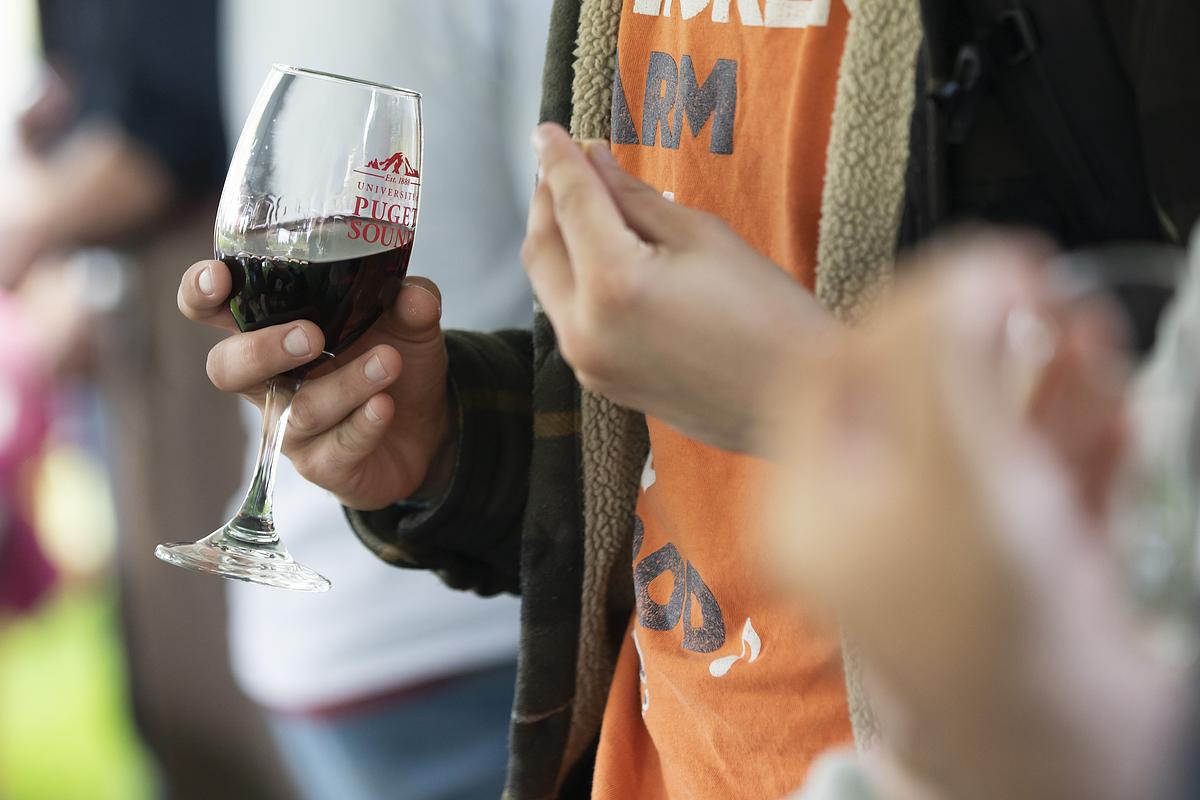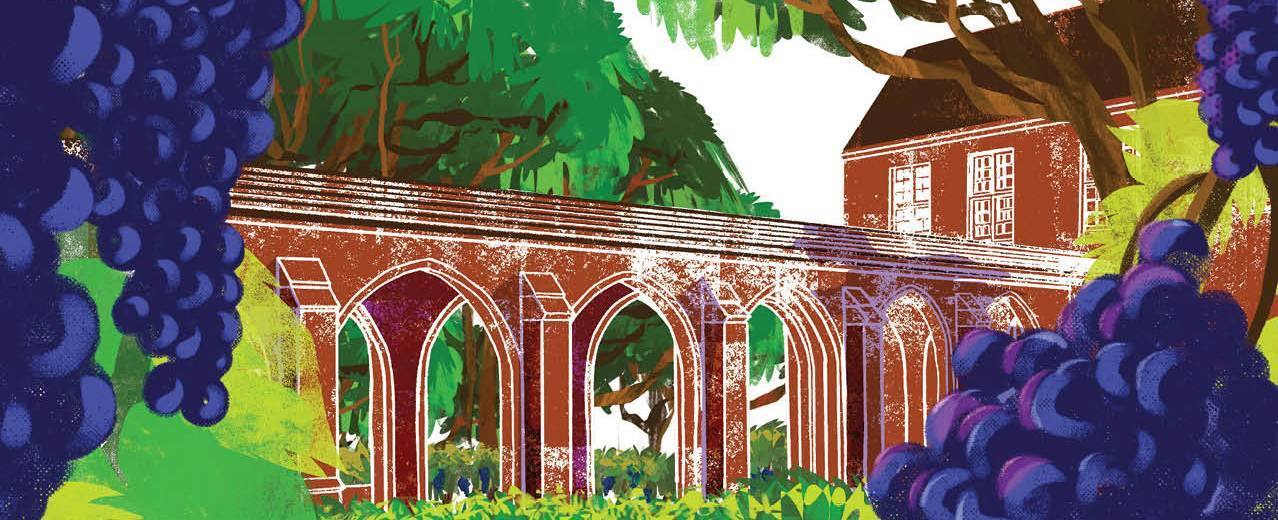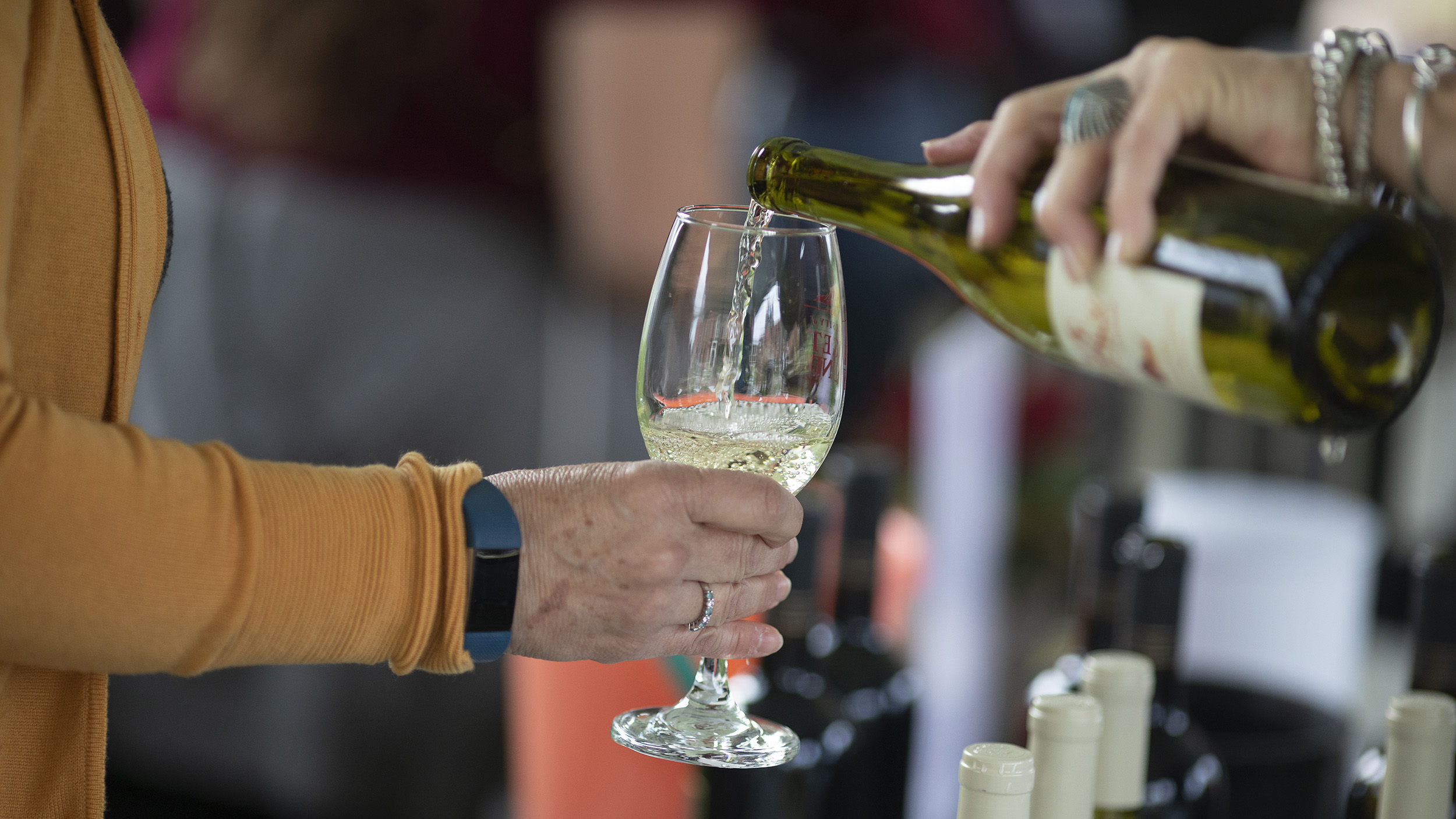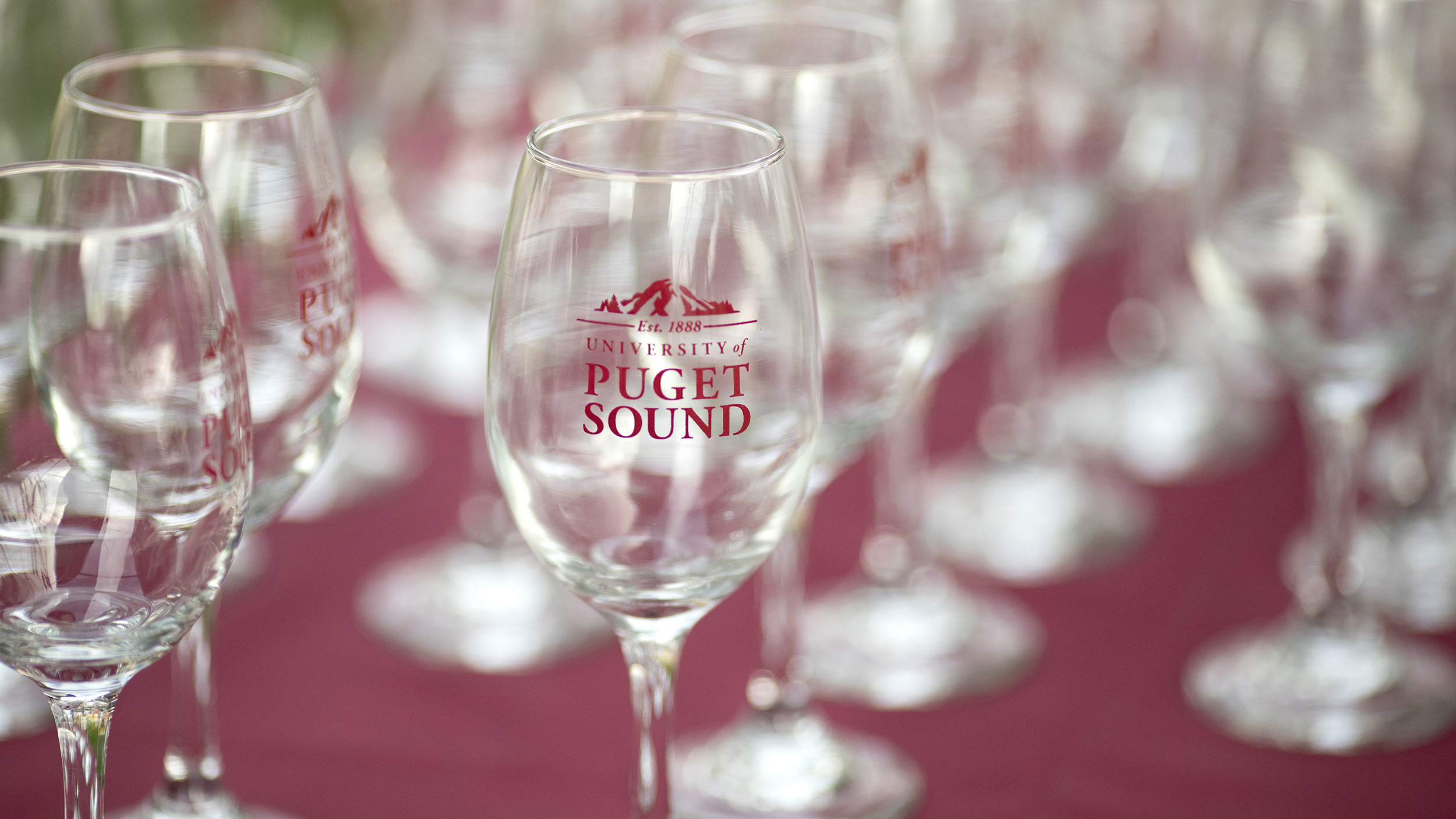Seniors share insights harvested in IPC 405: 'The Idea of Wine'

STUDENT’S REFLECTIONS ON THE IDEA OF WINE
When I first signed up for IPE 405: The Idea of Wine, I assumed we would only be learning about what good wine looks, smells, and tastes like, but that hasn’t been the case. Throughout the semester, Professor Pierre Ly has challenged us to explore what wine is and how it is viewed from different perspectives, especially across the globe. Additionally, this class has given me the opportunity to dive deeper into my hometown of Napa, Calif., a pivotal wine region in the United States. Pierre has not only encouraged me to explore this area further but has also challenged me to look beyond the surface of the industry. Through my research for my wine paper, I was able to explore the history of winemaking in California. Specifically, I found it super interesting to learn that Spanish missionaries brought vines to California, and they cultivated the first wine culture in the state! In the future I’m excited for my next project, where I’ll explore a wine region outside the United States.
—By Chantal Nava ’25

THE NATURAL WINE MOVEMENT
The natural wine movement has started to gain momentum as more consumers seek transparency, sustainability, and authenticity in their wine choices. At its core, natural wine emphasizes minimal intervention in both viticulture and the winemaking process. This philosophy implements organic or biodynamic farming methods, which forgo synthetic pesticides and fertilizers in favor of natural alternatives, such as cover crops and mulching, to manage soil health and pests. Natural wines are also typically fermented using indigenous yeasts—naturally present on the grapes and environment—rather than industrial strains. Natural ferments can lead to unique and expressive vintages that showcase the region’s terroir—a flavor profile reflective of the growing and fermenting environment. Some wineries prefer industrial yeasts, as the naturally occurring yeast levels may be insufficient for robust fermentation, often resulting in lower alcohol content. Despite this, some natural wines defy expectations. For instance, Minimus Assyrtiko, produced by the Chatzivaritis Winery in Greece, reaches an alcohol by volume of 13.5%, an impressive ferment without added sugar or commercial yeast. Light golden and slightly cloudy due to the lack of additives that remove unwanted particles and impurities, the natural wine techniques emphasize the beautiful aromas of flowers, nectarines, and walnuts, reflective of Paiko, Greece.
—By Elizabeth Matsumoto ’25
To read an additional article from Elizabeth Matsumoto—about how Thailand has become an unexpected wine producer in a group of “New Latitude” wines—go to pugetsound.edu/tastingnotes.

A GLIMPSE INTO ARMENIA’S ANCIENT WINE REGION
Wine is more than an alcoholic drink people enjoy to relax at the end of the day. Learning about Armenia’s rich history has driven that point home for me. The discovery of the Areni-1 cave complex in 2007, where evidence of wine production dates back over 6,100 years, highlights the role of wine in Armenian rituals and traditions. This deep-rooted connection to wine has shaped the country’s culture. However, the Soviet era profoundly affected Armenia’s winemaking heritage. Vineyards were repurposed to meet government demands, resulting in a shift from quality to quantity. The collapse of the USSR in 1992 left Armenian winemakers struggling without state support, causing a significant decline in wine production. Despite Armenia’s fruitful history, indigenous grape varieties, like Areni Noir and Voskehat, were relatively unknown outside the region. That’s one reason the Yerevan Wine Days festival started in 2017—to celebrate Armenia’s wine culture and history. The Wine History Museum of Armenia, led by Hayk Gyulamiryan, is vital in preserving and sharing this heritage, even inviting visitors to engage in restoring exhibits. Today, Armenia’s connection to wine symbolizes more than a drink—it represents resilience, culture, and national pride, with the country’s vineyards now gaining global recognition.
—By NJ Sarmiento ’25



